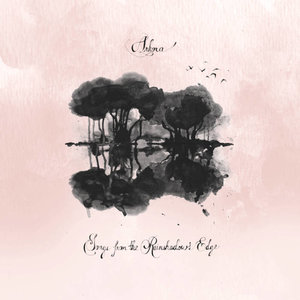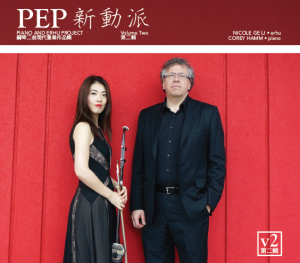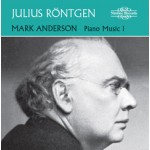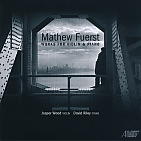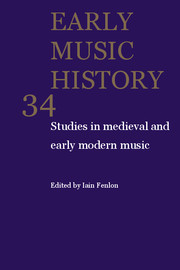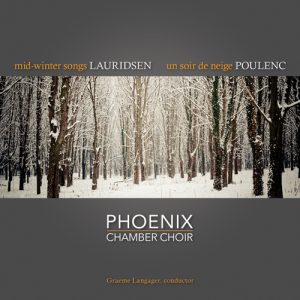Author: Poudrier, Ève & Castonguay, Rémi
Presentation details: Current Musicology 50th Anniversary Conference, Columbia University, New York City, New York, 29 March 2015
Weblink: http://columbia.edu
Abstract: This presentation explores the challenges of assembling a corpus of secondary literature for the purpose of computational analysis working across multiple bibliographic databases. Our multi-tiered search methodology will be described, and issues of indexing, relevancy, truncation, search standardization, and duplication of sources across platforms will be examined.
The goal of the case study is to define the concept of “temporal multiplicity” in a given repertoire using metadata analysis, text mining, and network analysis. Of particular interest is the question of dissemination of musical knowledge, from practice to popular criticism and scholarly research, and how the connections between different musical styles shape the meta-discourse on music. In order to map some of these relationships, various aspects of musical structures that fall under the concept of “temporal multiplicity” were used to generate a set of keyword-based queries. These queries were then applied to a selection of representative genres, including rap, hip hop, rock, metal, funk, jazz, and electronic dance music.
Preliminary findings based on the analysis of hits within and across databases, keywords, and musical genres suggest that despite the challenges, systematized keyword-based searching across multiple databases can serve several functions. First, it is a reliable tool in supervised corpus building. Second, these searches can help to construct a conceptual map of key-terms related to a given phenomenon across several different domains of activity. Third, the analysis of the search results yields preliminary observations that can provide paths of inquiry for the computational analysis of the corpus (metadata and full-text data mining).
